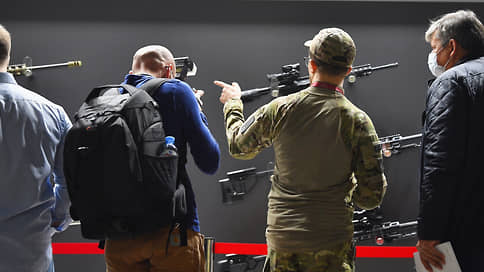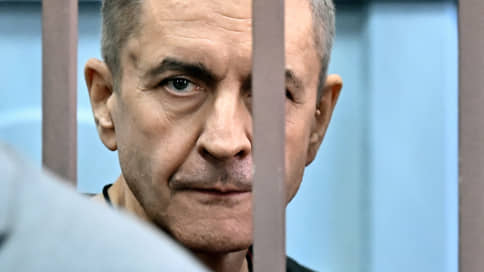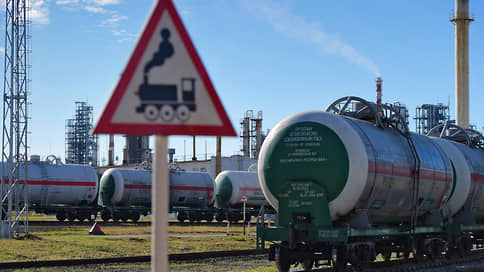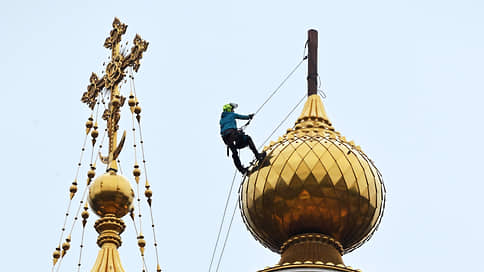How Laad 2025 went to Russia

In Brazil, a large in regional standards exhibition of weapons and dual -use systems Laad 2025 was completed, at which Rosoboronexport presented the latest samples of military equipment developed or modernized taking into account the experience of a special military operation. There were no publicly announced new contracts, but the very presence of Russia at the exhibition after a six -year pause, according to experts, reflects the increased interest of Latin America to diversify the sources of the acquisition of military technologies.
In the Brazilian Rio de Janeiro on April 4, the four-day international Latin American exhibition of aviation and defense systems Laad 2025 was completed. It is held once every two years, but Russia did not participate in the two previous events: in 2021, the reason became pandemic restrictions, and in 2023 Russian defensemen preferred to focus on the production of equipment for a special military operation (SV).
As Kommersant was informed in Rosoboronexport (the regional center for the export of military equipment and services, is a member of the Rostec State Corporation), consultations and negotiations with delegations of friendly Russia on a number of projects relating to joint production of Russian defense industry with the possibility of localization in partners can be considered the intermediate results of Laad 2025.
Presumably, we are talking about small arms and ammunition for it, export versions of air defense systems, multi-purpose helicopters (including Ka-226T), Su-57E fighters and aircraft engine, as well as the latest aviation missiles.
The latter may include the means of defeat shown by Russia in the last large air halls: in February, the general director of Rosoboronexport, Alexander Mikheev, spoke about the discussion of the possibility of organizing their production “in the partner countries”. Recall that earlier at the exhibitions of Zhuhai Airshow 2024 (PRC), Aero India 2025 (India) and IDEX 2025 (UAE), several types of such products were shown: RV-MD2 and RVV-BD for destruction of fighters, attack aircraft and combat helicopters, X-35UE for defeating combat ships and transport ships, X-38MLE for high-precision lesions of ground objects, X-58USHKE-a high-range missile for damage to ground radar stations, X-69-a winged, inconspicuous missile of a new generation.
Separately, Rosoboronexport was mentioned relatively new products for Russian manufacturers: ORLAN-10E, Orlan-30, and Orion-E, barracking ammunition of the Kube family and electronic warfare combat control against drones.
According to the Brazilian magazine Sociedade Militar, one of the discussions with the delegation of the Russian Federation was the creation of a plant on the territory of Brazil for the production, assembly and maintenance of Russian helicopters of the MI series. It should be noted that in 2008-2014, the Russian Federation put Brazil of 12 Mi-35M3 helicopters in the amount of about $ 150 million. But later, buyers arose from their maintenance problems, and in 2022 “MI” were removed from weapons.
Despite this negative experience, local military experts with optimism already accepted the fact of Russia’s participation in the exhibition. “The presence on Laad of such large powers as Russia demonstrates the growing interest of Latin America in diversification of sources of acquisition of military technologies. Russia is another strategic option, ”the Revista Sociedade Militar material says.
Among the types of weapons, traditionally interested in the countries of this region, Russian air defense systems and aircraft, which are already being operated there for military and civil purposes, say a researcher at the Center for Strategic Planning IMEMO Ilya Ilya Kramnik. “And taking into account the experience acquired in the course of his vast experience, we can say that their attractiveness in the market has increased significantly,” the expert emphasizes. He does not exclude that preliminary negotiations can begin in the near future, and by the time the fighting in Ukraine is ended in one way or another, new agreements and contracts will already be ready to launch into work – taking into account the possible weakening of sanctions restrictions.








/s3/static.nrc.nl/wp-content/uploads/2025/06/07205024/APTOPIX-French-Open-Tennis_68340020.jpg)